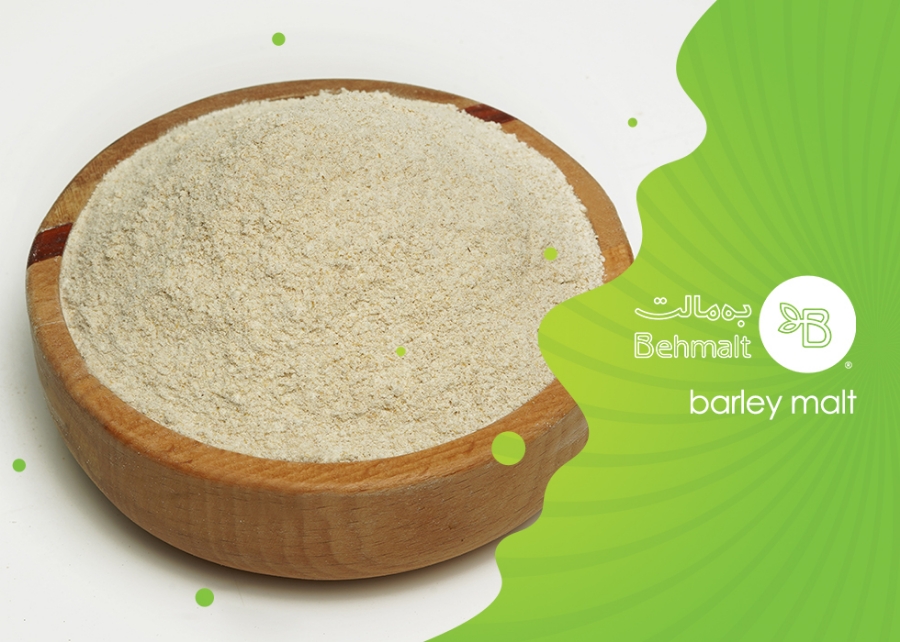
Barley malt is often used in bread baking to enhance flavor and to promote browning. It is also known for its ability to delay bread staling, which is the process by which bread loses its softness and becomes dry and crumbly over time. There have been several studies conducted on the effect of barley malt on bread staleness. One study published in the Journal of Food Science found that adding barley malt extract to bread dough increased the shelf life of the bread by up to 3 days compared to bread made without barley malt extract. The researchers speculated that the delay in staling may be due to the antioxidant properties of barley malt.
Barley malt is often used in bread making as a sweetener and to enhance the crust color. However, it can also play a role in bread staleness.
Studies have shown that barley malt can increase the rate of starch retrogradation, which is one of the main causes of bread staling. Starch retrogradation occurs when the amylose and amylopectin molecules in the bread undergo rearrangement, resulting in a tighter and less flexible crumb structure.
The degree of barley malt added to the bread recipe may affect the rate of bread staling. Higher levels of barley malt can cause the bread to stale more quickly due to increased starch retrogradation. Conversely, lower levels of barley malt may slow down the rate of staling.
Other factors such as storage conditions, type of flour used, and baking temperature can also influence bread staling. Proper storage of bread at room temperature, freezing or refrigeration can slow down staling and preserve freshness.
In conclusion, while barley malt can enhance the flavor and appearance of bread, it can also contribute to its staling. The optimal amount of barley malt should be determined based on desired taste and texture while considering the effect on bread shelf-life.
Comment